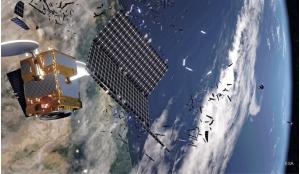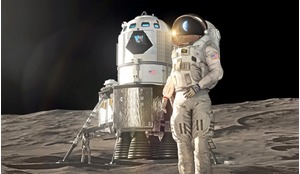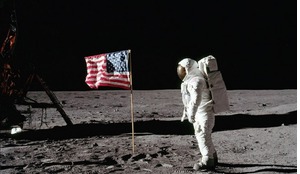For many of us, the iconic building brick known as Lego was a formative part of our childhood. The look and feel of those diminutive plastic bricks triggers the ‘halcyon memory cells’ as much as any image, tune or fragrance. And now we’re all grown up, Lego is still there with a range of construction kits that celebrate space technology. Mark Williamson opens the box on Lego’s space endeavour.
The Lego Group was founded in 1932 by Ole Kirk Kristiansen, the name ‘LEGO’ being an abbreviation of two Danish words, “leg godt”, which means “play well”. The current form of the famous Lego brick, with its interlocking studs and tubes, was launched in 1958 – which makes it more than 60 years old.
Those who played with Lego in the 1960s and 70s will remember it as a bag of standard-sized bricks and a large grey baseboard, on which houses were built using a selection of clip-in windows and doors and some angled roof-bricks. It was an intuitive toy, but results relied entirely on one’s own imagination and skill… and often usually entailed building the tallest tower possible, then ceremoniously crashing it to the ground in some imagined earthquake.
But times change. In recent decades, Lego has evolved into ‘kits of parts’ for specific, one-off creations that require less imagination but more of a capability to follow (sometimes quite detailed) instructions. This is all very interesting from a marketing perspective, but what relevance does this rose-tinted view of a children’s toy have for the modern-day space professional? The answer, of course, depends on one’s personal perspective, but these creations are arguably part of our culture.














